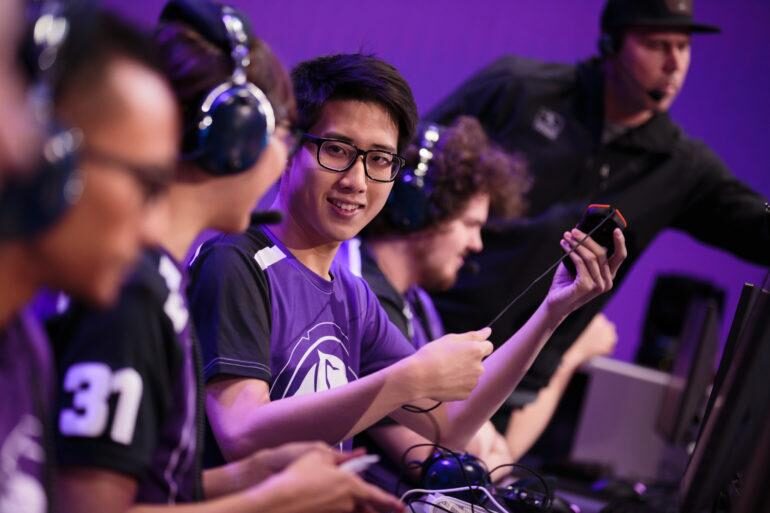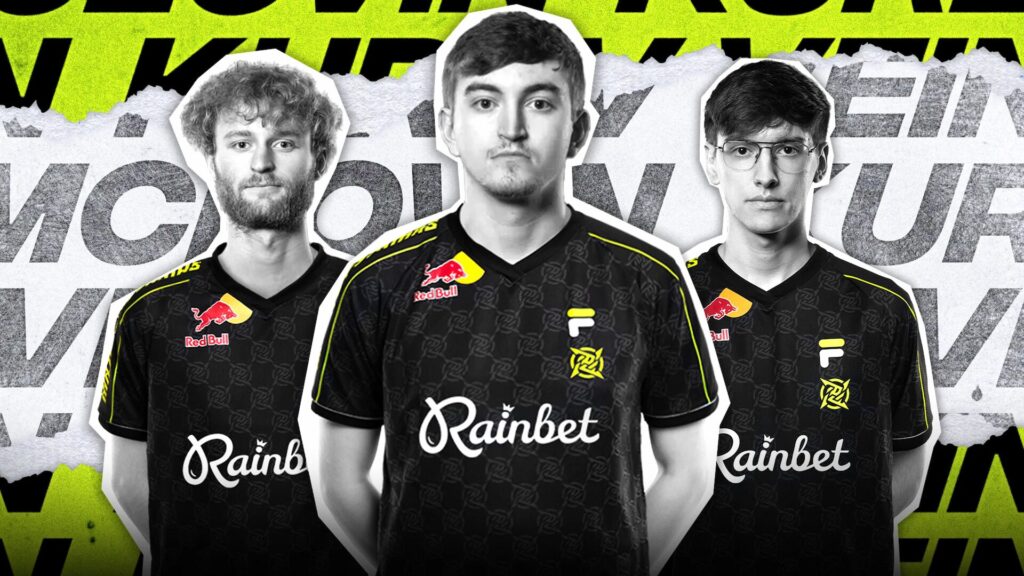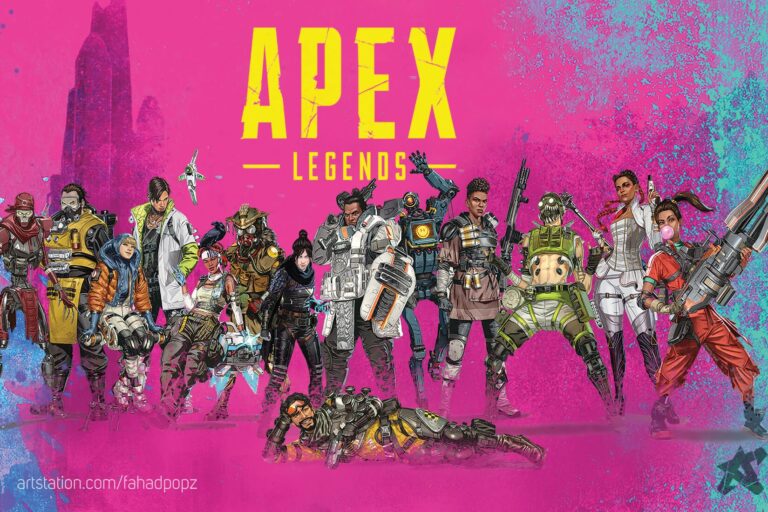
Apex Legends Match Predictions: In the fast-paced world of Apex Legends esports, predicting who will dominate the battlefield takes far more than intuition. Each tournament—whether it’s the ALGS Pro League or the Midseason Playoffs—invites data analysts, fans, and casters to speculate based on hard facts and gameplay trends. From tracking kill consistency to evaluating team rotations and zone control, predictions have evolved into a sophisticated science that mirrors the complexity of the game itself. Analysts dissect everything from individual mechanics to legend meta shifts, building a picture of which squads have the best chance to come out on top in the chaos of a battle royale.
Quick Look
Understanding the Core Components of a Prediction

Every Apex prediction begins with a combination of statistics and strategy. Analysts consider key performance indicators that directly impact match outcomes, such as:
- Placement trends – Teams like Team Falcons and Alliance that regularly finish in the top five are often rated as strong contenders.
- Kill participation and aggression – A squad’s ability to convert fights into points (e.g., 100 Thieves or Gen.G Esports) increases their predicted odds.
- Legend composition and meta shifts – Teams adjusting quickly to new patches, such as using Catalyst for zone fortification or Conduit for recovery, often gain analytical favor.
These elements help define a team’s playstyle and likelihood of success across different maps like Storm Point or World’s Edge. A consistent team with a solid early-game plan typically ranks higher in prediction models than one relying solely on clutch plays.
How Data and Predictive Systems Drive Forecasts

Modern Apex Legends match predictions are powered by data analytics and probability modeling. Analysts use historical performance data, map-based statistics, and situational trends to simulate potential match outcomes. For instance, if Ninjas in Pyjamas averages a 40% survival rate into the final three rings, they’re statistically more likely to perform well in zone-heavy matches.
Some prediction systems incorporate advanced tools like heatmaps to track team rotations, AI-generated probability graphs, or scrim performance databases. During the ALGS Year 5 Split 1 Finals, such data-driven insights favored ROC Esports and VK Gaming—teams whose playstyles consistently aligned with high-win statistical patterns. However, analysts remain cautious, knowing that random third-party fights and ring pulls can instantly flip the script, no matter what the numbers say.
Examples from the ALGS Stage – Apex Legends Match Predictions

Recent tournaments offer clear examples of how predictive analysis plays out. At the ALGS Open 2025, Team Falcons entered as heavy favorites due to their balanced mix of aggression and discipline, a trend backed by scrim and LAN data. Their eventual championship win validated those forecasts. Meanwhile, underdogs like GoNext or Endorse often defied prediction charts, proving that adaptability and mid-tournament confidence can outweigh raw data.
Similarly, in the Year 5 Midseason Playoffs, VK Gaming shocked many analysts by clinching the title despite not being a top pre-event favorite. Their victory reinforced one essential lesson in prediction models: while statistics outline probabilities, they can never account for human resilience and clutch decision-making in high-pressure endgames.
Why Fans and Analysts Love Prediction Culture – Apex Legends Match Predictions

Prediction-making has become part of Apex’s esports identity. Fans and analysts engage in forecasting discussions across social platforms and watch parties, dissecting data as if they were sports commentators. They analyze leaderboard patterns, map zones, and drop spot clashes—often predicting which teams will thrive or falter based on ring paths.
Fan communities even organize prediction tournaments, where participants guess winners or MVPs for each matchday. Examples include community polls during EMEA Pro League matchups, where Alliance and NAVI often top fan-favorite charts. This shared culture of speculation adds excitement to every match, giving the audience a sense of investment in outcomes beyond the gameplay itself.
Conclusion – Predicting the Unpredictable
Ultimately, Apex Legends match predictions represent the intersection of analytics and uncertainty. Numbers, patterns, and logic offer valuable insights—but Apex’s nature as a chaotic, high-stakes battle royale ensures that surprise remains part of the magic. Each tournament reminds analysts and fans alike that while you can forecast potential outcomes, you can never fully predict the moments of brilliance that define the scene. From unexpected Kraber shots to bold rotations, these unpredictable elements keep Apex Legends the thrilling spectacle it was meant to be—where every prediction, win, and upset becomes part of the game’s ever-evolving story.



